How Greystar Is Breathing New Life (Science) Into Its Strategy
Managing Director of Development Gary Kerr on the company’s first project and expansion plans in the sector.
On the lookout for new development and growth opportunities, Greystar formalized its entry into the life sciences sector last year by breaking ground on 74M in Somerville, Mass., a northern suburb of Boston. The 15-story development designed by Elkus Manfredi Architects will add to the life sciences cluster forming in the bustling Assembly Square area, which already includes more than 1 million square feet of permitted projects.
“If the conditions are right, we are in a position to pounce on a project, but we also have the benefit of being patient,” Managing Director for Greystar Development Services in the Northeast region, Gary Kerr, told Commercial Property Executive.
Completion of 74M is slated for early next year, and Greystar is looking to grow its life science presence nationally. Here’s what else Kerr shared about the company’s foray into the life sciences industry, as well as the sector’s outlook in Massachusetts.
READ ALSO: Exploring Redevelopment Opportunities Within Life Sciences
What prompted Greystar’s debut on the life sciences stage?
Kerr: Broadening the company’s focuses will allow Greystar to continue to grow for years to come. Entering the life sciences vertical was a long-term goal for Greystar and we are incredibly proud to be an active player in this space.
While we may be newcomers as an organization, we have significant experience within our ranks to leverage, and a keen understanding of how to build spaces people want to be in. We believe that deep connection with tenants and the tremendous backing of our strategic direction will facilitate strong success within this asset class.
Tell us more about 74M, your first life sciences lab office development.
Kerr: 74M is a 465,000-square-foot, purpose-built life sciences development designed for the next generation of the industry. Tenants of 74M will also enjoy an array of best-in-class amenities and unobstructed views of the Boston/Cambridge skyline and Mystic River.
Location is a big part of 74M’s value proposition, with immediate access to the housing, restaurants, shopping, and other destinations of the Assembly Square neighborhood. There is also direct access to the Assembly MBTA Orange Line, proximity to Kendall Square, and unparalleled visibility adjacent to Interstate 93.
What has been most challenging about this project so far?
Kerr: When you build in a municipality with an active, engaged constituency, it can be challenging. There are a lot of community meetings and a lot of opinions on proposed projects. That was certainly the case with 74M, though I will also note that it was a positive, rewarding experience. We benefitted tremendously from meeting with neighborhood groups and figuring out how we could use this development to make broader improvements to Assembly Square with the creation of additional green spaces and improved connectivity with the surrounding area.
On another note, the City of Somerville did a very good job laying the process out, which provided us with greater predictability and understanding of the timeline needed. Having a high degree of confidence in how long it will take to get shovels in the ground is very important, and we appreciate the municipal partnership throughout the process.
Tell us more about the project’s green features.
Kerr: Greystar is focused on sustainability across the entire lifecycle of the project including design, construction and operations. 74M is targeting LEED Platinum, WELL Platinum, WiredScore Platinum, and SmartScore certification.
Key building features include a high-performing building envelope and high-efficiency building systems design to transition to zero-carbon emissions over time. Occupant wellness is also prioritized through real estate, operations and human resource programs focused on employee health and safety.
Greystar shows interest in Class B/C office buildings. Do plans include converting them to life sciences spaces?
Kerr: The looming debt maturation is poised to have a significant impact on the office landscape in markets across the country. One very likely result is landlords taking a loss on B/C office buildings in the wake of diminished demand. There is a lot of discussion about converting these office buildings to different uses, like housing and life sciences.
We have concerns with the feasibility of these conversions due to the specific needs of intended uses. For example, in lab space, the floorplate and ceiling height needs are much different than your standard office design.
Attempting to shoehorn a lab into a traditional office can be done, but you’re very likely to wind up with an inferior product that will make it challenging to compete for tenants against purpose-built life sciences buildings. For that reason, we are partial to ground-up development to create labs with intentionality with specs that suit the needs of occupants.
READ ALSO: Life Science Outlook Remains Strong—Cushman & Wakefield
Following a staggering growth during the health crisis, what is your outlook on the life sciences sector? How sustainable is the current performance?
Kerr: I believe we are starting to see a sort of correction hitting the industry stemming from increased rates and the end of free money. Companies are getting leaner in many respects, which may play out for some time.
That being said, I am bullish on the long-term health of this industry. Here in Massachusetts, it is a critical element of our regional economy and a great point of pride. We cannot get complacent about this advantage, though, and need to ensure that other locations’ attractiveness does not usurp that of Massachusetts.
What challenges do you anticipate for the sector in the upcoming years?
Kerr: Like so many organizations, the current economic climate and associated uncertainty have hit this industry. In Massachusetts, we’re seeing a lot of discussion around the competitiveness of the state in attracting and retaining businesses and the workforce. Life sciences is a critical component of that.
Consider the current workforce. Getting around this area can be incredibly frustrating, whether by car or public transportation. Housing offers limited inventory and some of the highest costs in the country.
And then there’s the prospective workforce. Creating additional research capacity is getting increasingly challenging due to lengthy, complicated entitlement processes while costs continue to rise. If a project is not economically viable, a developer won’t pursue it. Or they will pursue it in a different market.
We enjoy a tremendous competitive advantage here in Massachusetts, but if we do not address these active pain points, life sciences companies will look elsewhere.


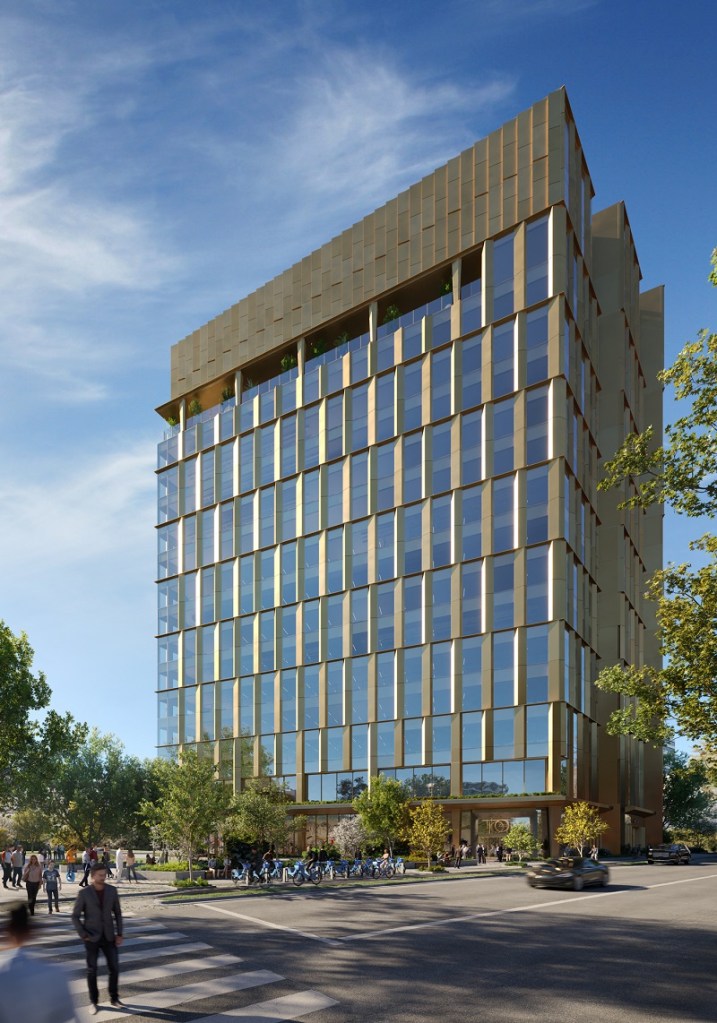
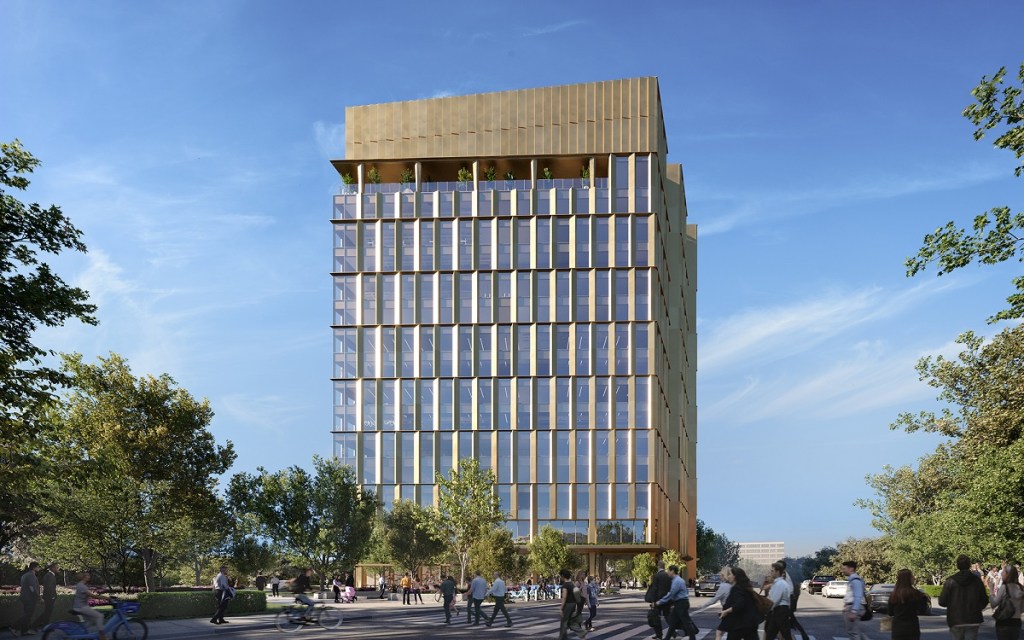
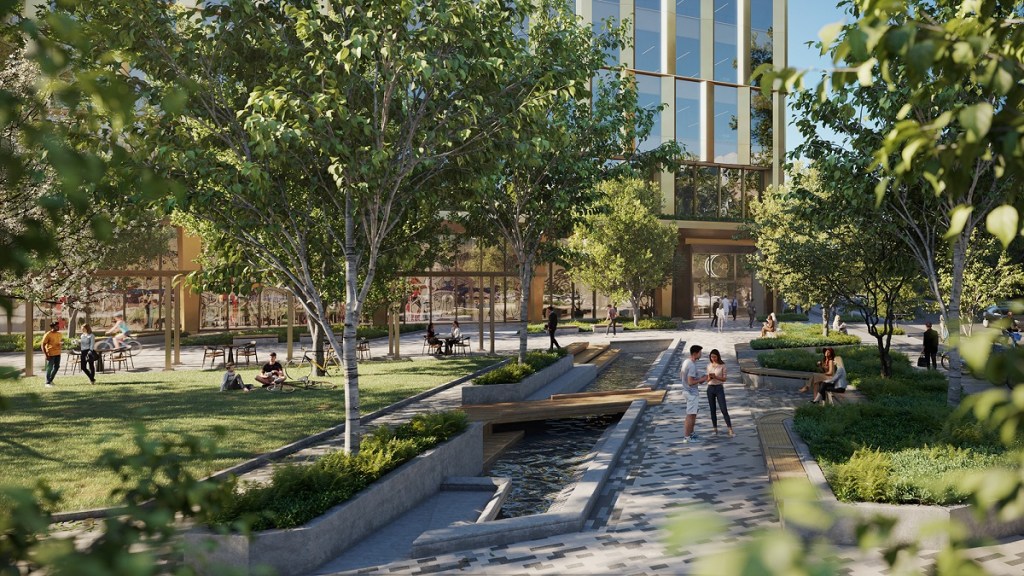
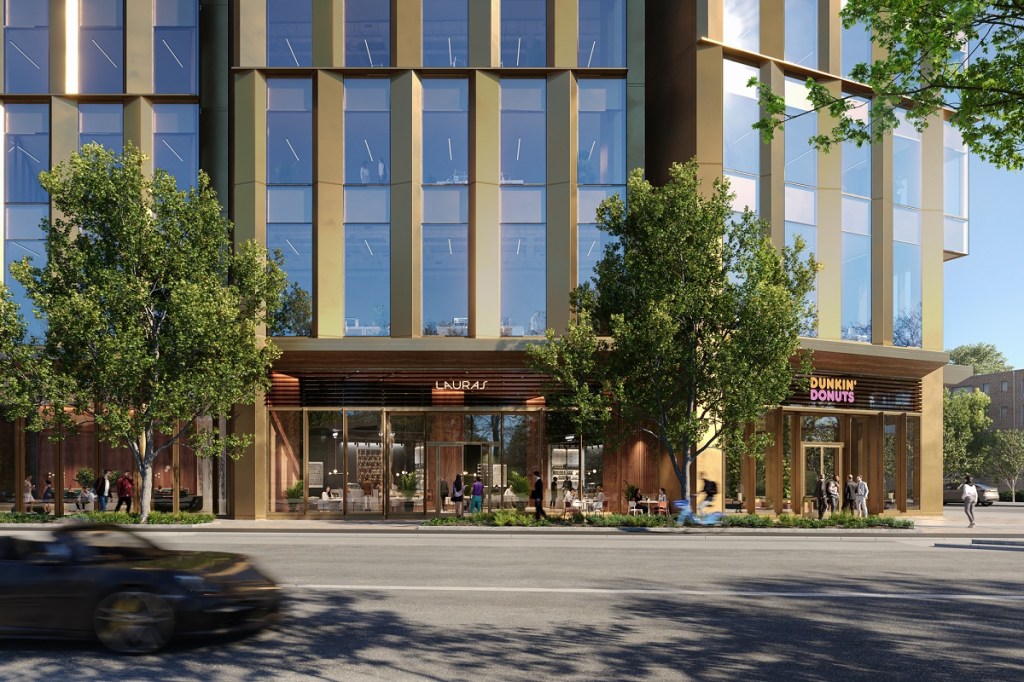
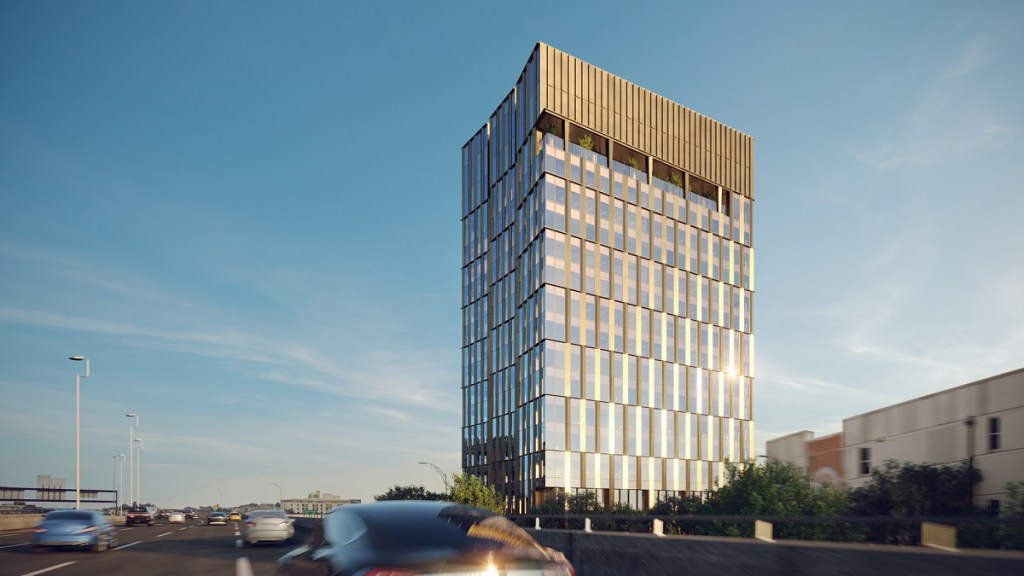
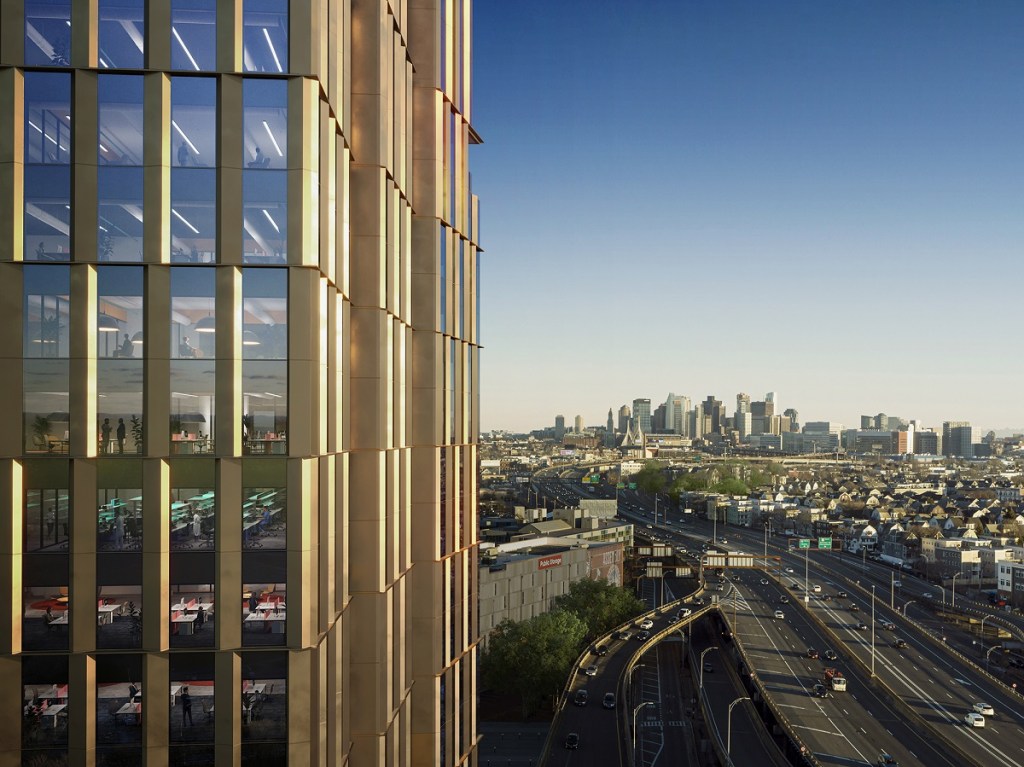
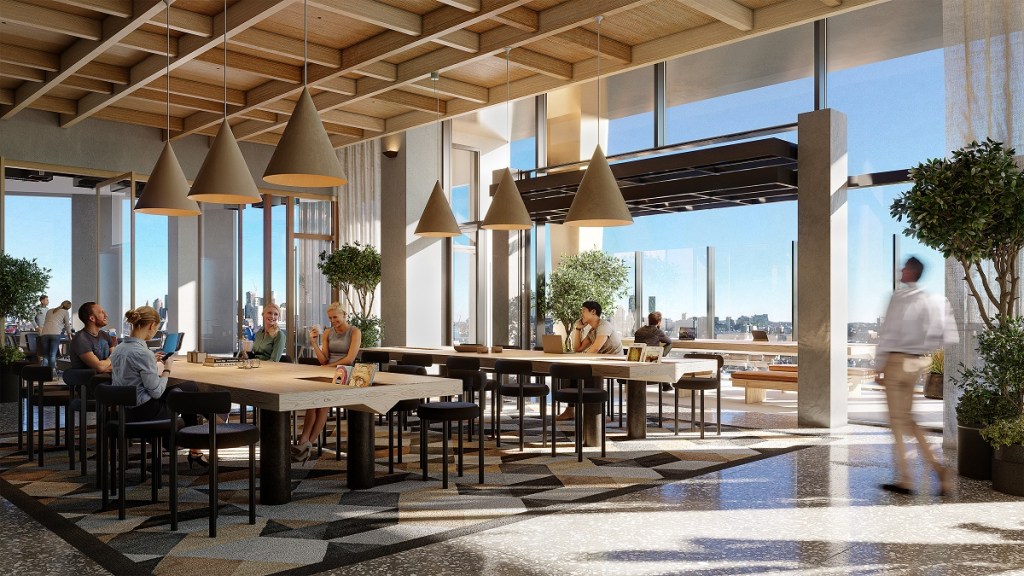
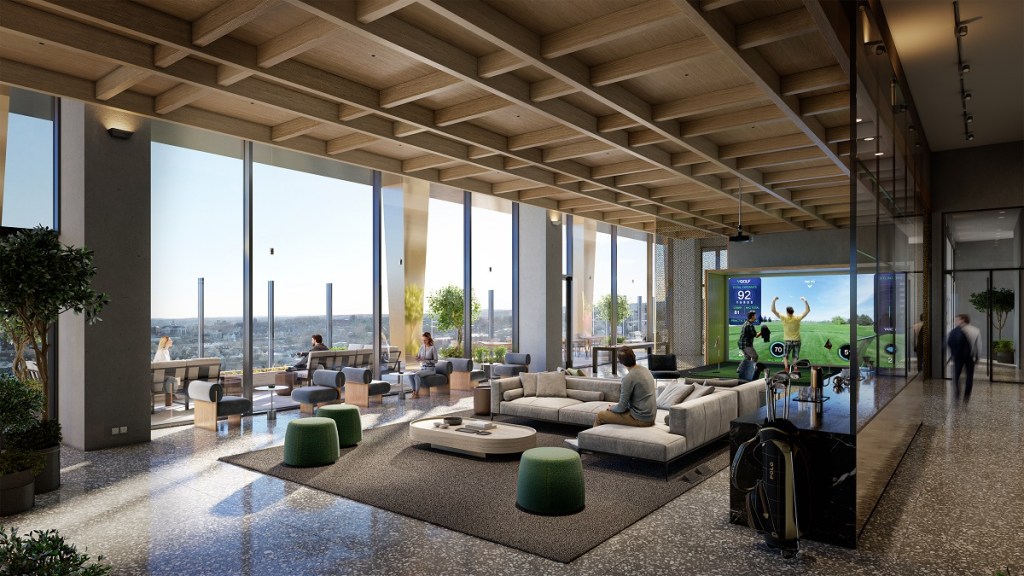
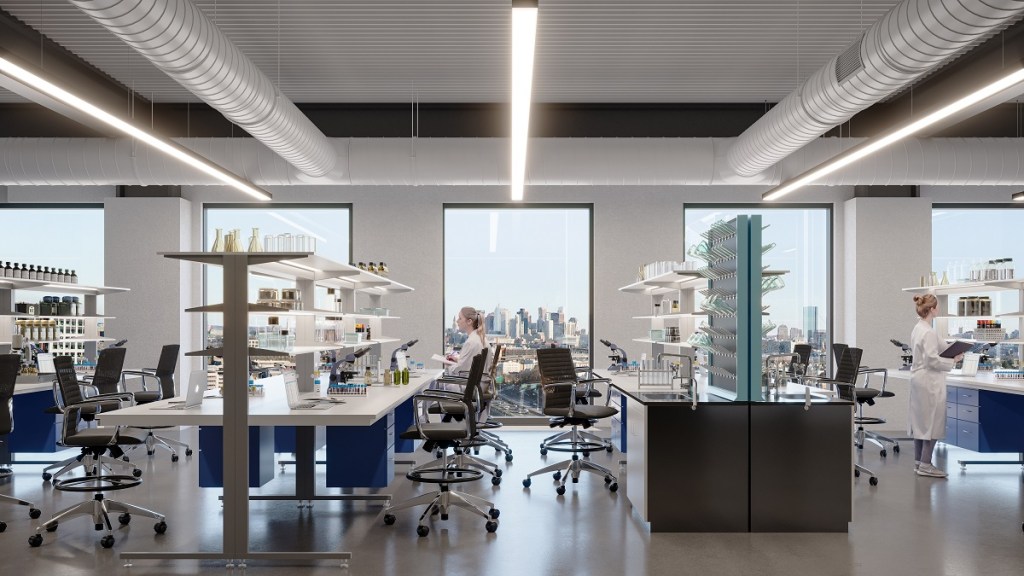
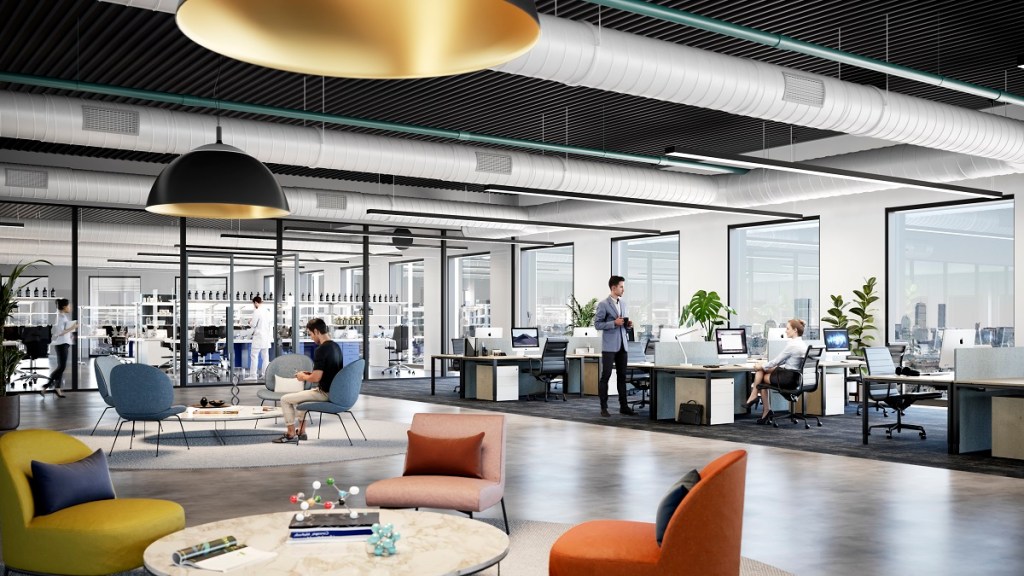







You must be logged in to post a comment.